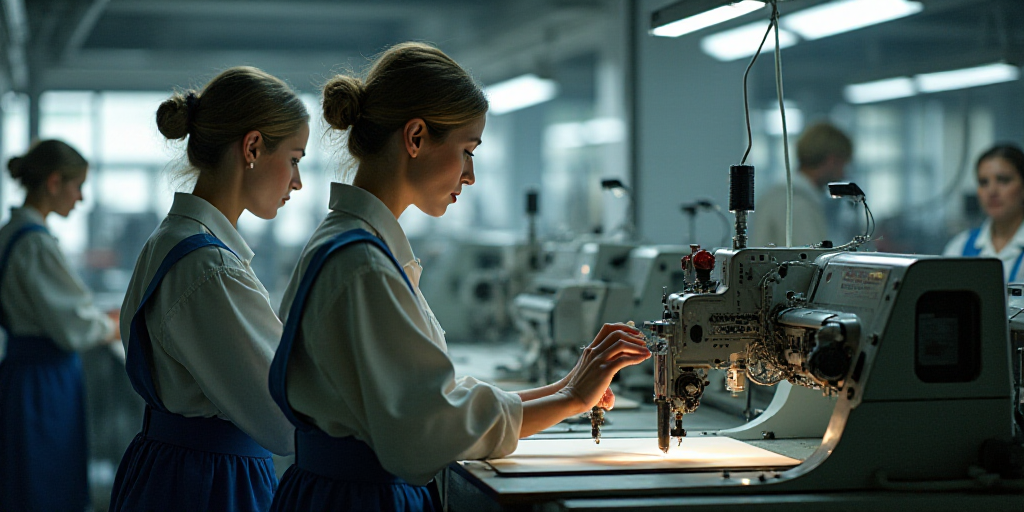Understanding the Concerns and Impact
Querétaro, Qro. In the past year, the rate of women working under critical occupational conditions (TCCO) in Querétaro has increased by 4.5 percentage points, according to the National Occupation and Employment Survey (ENOE) published by Mexico’s National Institute of Statistics and Geography (Inegi).
What are Critical Occupational Conditions?
The TCCO refers to the percentage of the employed population working less than 35 hours per week due to market conditions, combined with those working more than 35 hours weekly but earning below the minimum wage and individuals working over 48 hours per week but earning up to two minimum wages. This definition comes from Inegi.
Gender Disparity in TCCO
While the TCCO increased among women, it decreased among men. The overall state rate remained unchanged during this period.
- Women: The TCCO rose to 26.1% in the second quarter of 2025, up from 21.6% in the same period of 2024.
- Men: The TCCO dropped to 25.2% in the second quarter of 2025, down from 28.5% in the same period of 2024.
- State Average: The TCCO remained stable at 25.6% for both the second quarter of 2025 and the same period in 2024.
National Trends and Comparison
Nationally, the TCCO affected 32.5% of the employed population in the second quarter of 2025, showing a decrease of 4.2 percentage points compared to the same period in 2024 (36.7% of the employed population).
- Women: The TCCO dropped 3 percentage points in a year, from 32.9% to 29%.
- Men: The TCCO decreased 4.6 percentage points, from 39.4% to 34.8%, between the second quarter of 2024 and the same period in 2025.
Implications of Critical Working Conditions
This indicator highlights individuals working under precarious conditions, either due to limited weekly work hours caused by market situations or low wages for extended working hours. The rise in Querétaro contrasts with the national trend of decreasing critical working conditions.






